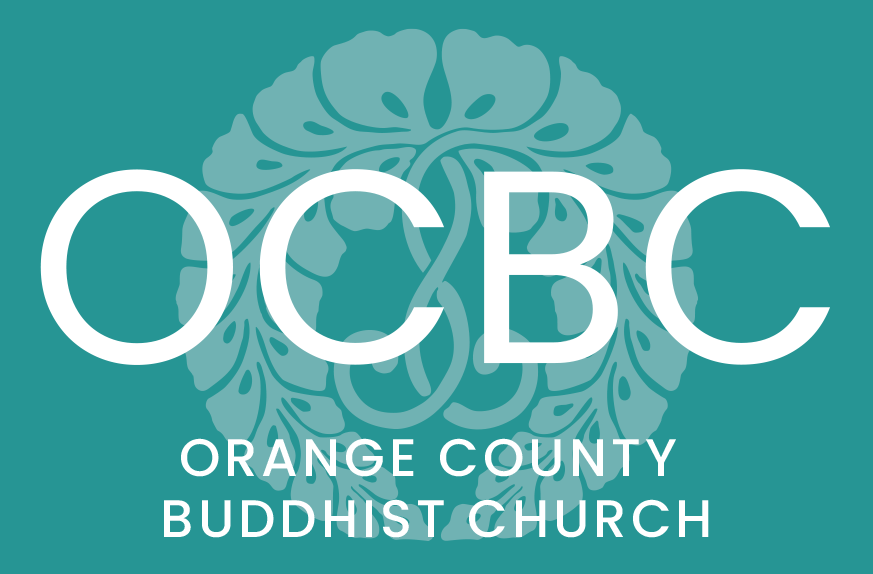Easy Can Be Very Difficult
In the path of easy practice, one aspires to be born in the Pure Land with solely one’s entrusting oneself to the Buddha as the cause and allowing oneself to be carried by the power of the Buddha’s Vow, quickly attains birth in the land of purity ... The path of easy practice may be compared in its comfort to being carried over waterways in a ship. (CWS pg. 26)
I began studying Buddhism over 25 years ago. Back then, I was what scholars call a Modern Buddhist Convert. However, this term is flawed. First, all people living today are modern people, and second, there is not really a formal Buddhist conversion as in Christianity. Later, I also discovered that I was also what is called a Protestant Buddhist – I was seeking only texts, beliefs and rules. This type of Buddhism relies a great deal on morals and ethics. One seeks purity and desires to remake oneself into a Buddha through practice.
I expected to find things in Buddhism that I had found in Protestant Christianity, but I was asking all the wrong questions and looking in all the wrong places. Instead of doctrine and practice, I found Amida Buddha, the Pure Land and the Nembutsu. These things seemed much more Christian than Buddhist. Amida seemed like a Christian God, the Pure Land like a Christian Heaven and Namuamidabutsu sounded like Amen. This is called concept matching where we only appreciate things that appear familiar to us. In general, this is not helpful in the long run. For example, if not careful, a baseball player might think that golf is the same game as baseball. In both, they wear caps, use a white ball and swing a club. All these things made it very difficult for me to appreciate Jodo Shinshu.
For the first several years, I was often confused and frustrated. Buddhism at the Orange County Buddhist Church (OCBC) was not like the Buddhism I had found in American pop culture. I did not know it then, but the books on Buddhism I had read were all heavily influenced by Modern Protestant Buddhism. So much so that I almost rejected the authentic Buddhism for the caricature presented in America. To be honest, I had only read three books, and I realized that this really couldn’t compete with my participation in the 2,500-year-old living Buddhist tradition at OCBC. Luckily, I stayed.
It was a short time later that a very devout Nisei woman named Masako Hamada gave me a brand-new, shrink-wrapped copy of the Collected Works of Shinran. She had purchased it for me. Without saying so, I knew that she wanted me to read it. Perhaps she had sensed my struggles and confusion. But that two-volume set was very intimidating, these two big white books – encased in plastic. It reminded me of the Old and New Testament. I took them home and sat them in the corner of my room; I didn’t break the shrink wrap on them for over a year. I was afraid that if I read Shinran directly, I might find that I was not really a Jodo Shinshu Buddhist after all. I was so tired of being confused and frustrated.
But after four years of listening to the teachings, I began to realize that I was no longer translating Buddhist ideas in and out of a Christian context. I was finally listening, thinking and speaking within a Buddhist context. I had finally become fluent in Buddhism. This is much like the way one learns Spanish or Japanese. I was learning Buddhism through immersion. I was being perfumed by the Dharma though I did not know that. I thought I was studying and learning intellectually.
It was then I realized it was time to finally break the shrink wrap and release Shinran into my life. As I began reading, I was so surprised and happy by what Shinran wrote. I believe two things occurred. First, I was able to read Shinran as a Buddhist. Second, Shinran really was a Mahayana Buddhist. Pure Land Buddhism is Buddhism. I did not find gods and saviors. Instead, I found Buddhism.
Page after page, I came to realize that – for me – Shinran’s main theme was the importance of an aspiration and non-retrogression. This aspiration is for Buddhahood, and it arises within us. When this occurs, we find ourselves truly settled in the stage of non-retrogression. However, these are not terms we are used to hearing in America. Thus, they are often overlooked or undervalued. Instead of receiving an aspiration, we want to achieve enlightenment. Instead of shinjin, we want satori.
We are also very goal oriented in America. We want to know what to do and why? What do we get, and when do we get it? But, instead, Shinran is highlighting the non-dual nature of the Mahayana path where the cause is the effect. The starting line is not separate from the finish line. Finishing a marathon is not the goal. Instead, it is the process of running – the act of putting one foot in front of another – repeatedly. The path is itself awakening. A runner is not someone who has finished a marathon. A runner is merely someone who is running.
Namoamidabutsu, Rev Jon Turner

